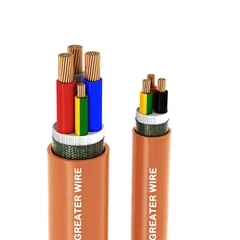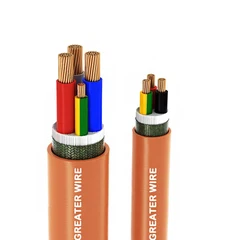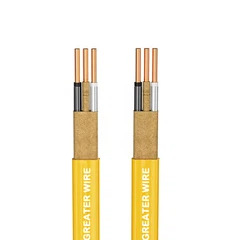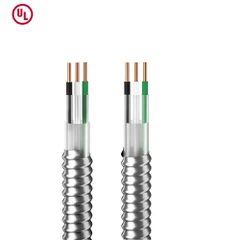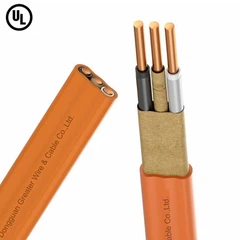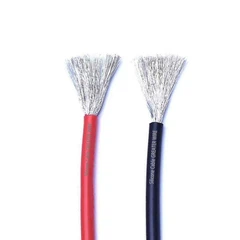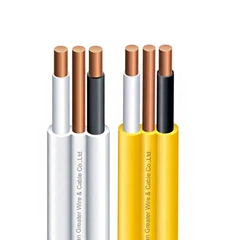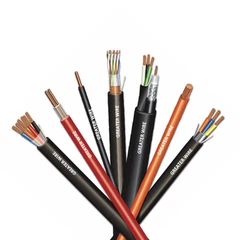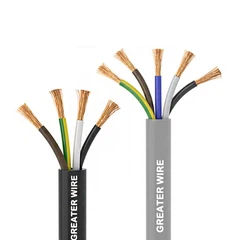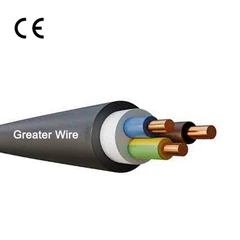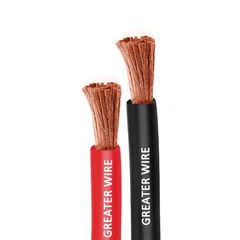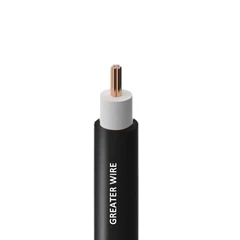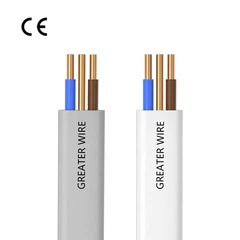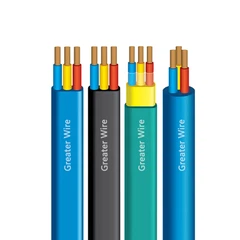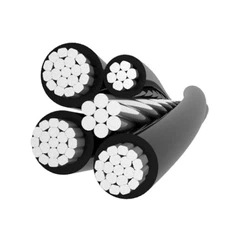In the field of electrical wiring, few products are as widely recognized and trusted in the UK as the BS6004 Twin and Earth Cable. For decades, it has been the backbone of domestic and light commercial wiring, from powering everyday sockets to supporting lighting circuits in homes and offices. Yet with changes in construction design and increasing awareness of electrical safety, one question often arises among contractors, engineers, and even homeowners: Can BS6004 Twin and Earth Cable be run in conduit?
This question is not as straightforward as it might seem. While the cable itself is highly reliable and compliant with British standards, its use inside conduit introduces considerations that go beyond basic installation. To fully understand this, we must first explore what BS6004 Twin and Earth Cable is, how it is designed to work, and why conduit usage is sometimes requested. From there, we can evaluate the risks, alternatives, and practical recommendations.
Why Would Someone Want to Run Twin and Earth Cable in Conduit?
Traditionally, Twin and Earth Cable is installed by clipping it directly to joists, fixing it behind plaster, or laying it under floorboards. Yet certain environments encourage electricians to use conduit-protective tubing made from PVC, steel, or flexible plastic. The idea is simple: conduit offers a protective shell for the cable.
Two of the most common motivations are:
- Mechanical and aesthetic protection: In exposed locations such as garages, workshops, or open brick interiors, conduit shields the cable from knocks and keeps installations looking tidy.
- Environmental protection: In damp or dusty areas, conduit can prevent moisture ingress and allow cables to be replaced more easily in the future.
Think of an office renovation where cables must run along an exposed wall. Simply clipping a grey flat Twin and Earth cable may look out of place and leave it vulnerable to impact. Running it through conduit seems like a neat, professional solution.
What Is BS6004 Twin and Earth Cable?
The BS6004 standard defines PVC-insulated low-voltage cables, including the familiar Twin and Earth used across the UK. The design is straightforward but effective: a brown live conductor, a blue neutral conductor, and a bare earth wire, all sheathed in a flat layer of grey PVC.
This flat profile is one reason it is so easy to fix directly to walls or joists. It strips cleanly, terminates easily, and has earned its reputation as the "go-to" cable for domestic wiring. But it was never engineered with conduit installation in mind.

How Does It Work and Where Is It Normally Used?
Twin and Earth is designed to carry current safely and reliably for everyday household circuits. The live conductor delivers electricity from the supply, the neutral returns it, and the earth ensures a safe pathway in case of fault.
It is most often found in lighting circuits, socket outlets, and small appliances such as immersion heaters or fans. Builders and electricians choose it because it is cost-effective, widely available, and fully compliant with UK safety regulations.
Can BS6004 Twin and Earth Cable Be Run in Conduit?
The short answer is yes, it can be installed inside conduit, and there are no absolute regulations forbidding this. But in practice, it is rarely the best choice. The flat shape makes it awkward to pull through round conduits, especially around bends. The bare earth conductor may suffer abrasion inside a rigid tube. And perhaps most importantly, the cable's current-carrying capacity may be reduced when it is placed in a space with restricted airflow, which can trap heat and moisture.
In other words, while possible, it is not always recommended.
Risks and Potential Problems
Running BS6004 Twin and Earth Cable in conduit may create more issues than it solves. Key risks include:
1.Overheating – Conduit restricts airflow around the cable. Since Twin and Earth already carries current close to its thermal rating, this lack of ventilation may reduce its ampacity.
2.Difficult installation – The flat shape and bare earth conductor create high friction, especially around bends. This can lead to damage during pulling or even leave cables stuck mid-installation.
3.Moisture risks – Poorly sealed conduits can allow condensation, which accelerates insulation degradation.
4.Long-term maintenance challenges – Unlike round, flexible single-core wires, Twin and Earth is difficult to withdraw and replace once installed in conduit.
To illustrate, consider the following comparison table:
| Aspect | Advantages of Conduit | Problems with Twin and Earth in Conduit |
|---|---|---|
| Mechanical Protection | Shields cable from knocks and abrasion | Flat profile makes pulling difficult |
| Environmental Protection | Keeps out dust and dirt | Traps moisture if conduit is not sealed |
| Aesthetics | Concealed, neat installation | Hard to bend or pull through turns |
| Heat Dissipation | Some thermal buffering | Restricted airflow increases overheating risk |
Clearly, while conduit offers advantages, Twin and Earth is not the ideal match for this type of system.
Better Alternatives for Conduit Installations
When conduit is essential, electricians usually select cables designed specifically for it. Two popular alternatives are:
- PVC-insulated single-core wires such as 6491X: These are round, flexible, and easy to pull through conduit, making them perfect for neat, professional runs.
- XLPE or LSZH cables: These offer higher heat resistance and, in the case of LSZH, much better fire performance, producing minimal smoke and toxic gases.
Such options make installation smoother, reduce long-term risks, and provide a safer, more durable solution when conduit is a must.
Greater Wire & Cable: A Partner for Every Wiring Solution
At Dongguan Greater Wire & Cable Co., Ltd., we know that every installation has its own demands. That is why we manufacture not only BS6004 Twin and Earth Cables, but also the full range of conduit-ready products such as 6491X single-core wires, XLPE-insulated cables, and LSZH options for environments where fire safety is critical.
Our 50,000㎡ production facility, advanced automated equipment, and more than 50 global certifications (including BS, IEC, and AS/NZS) allow us to deliver cables that meet the strictest standards. We also offer full customization in color, length, and packaging, combined with fast lead times and 24/7 technical support. Whether you need domestic wiring solutions or industrial-grade conduit cables, Greater Wire has the expertise and reliability to support your project.
So, can BS6004 Twin and Earth Cable be run in conduit? The answer is technically yes, but it is rarely the best choice. The cable's flat design and ventilation needs make it less suited for this application, and risks such as overheating and difficult installation cannot be ignored. For projects where conduit is required, round single-core wires and modern alternatives are the safer, smarter solution.
With Dongguan Greater Wire & Cable Co., Ltd., you never need to compromise. From trusted BS6004 Twin and Earth Cables to conduit-friendly wires and high-performance LSZH options, we provide the right product for every job-backed by quality, speed, and service.
📞 Contact Us Today
Dongguan Greater Wire & Cable Co., Ltd.
Tel/WhatsApp/Wechat: +86 135 1078 4550 / +86 136 6257 9592
Email: manager01@greaterwire.com

